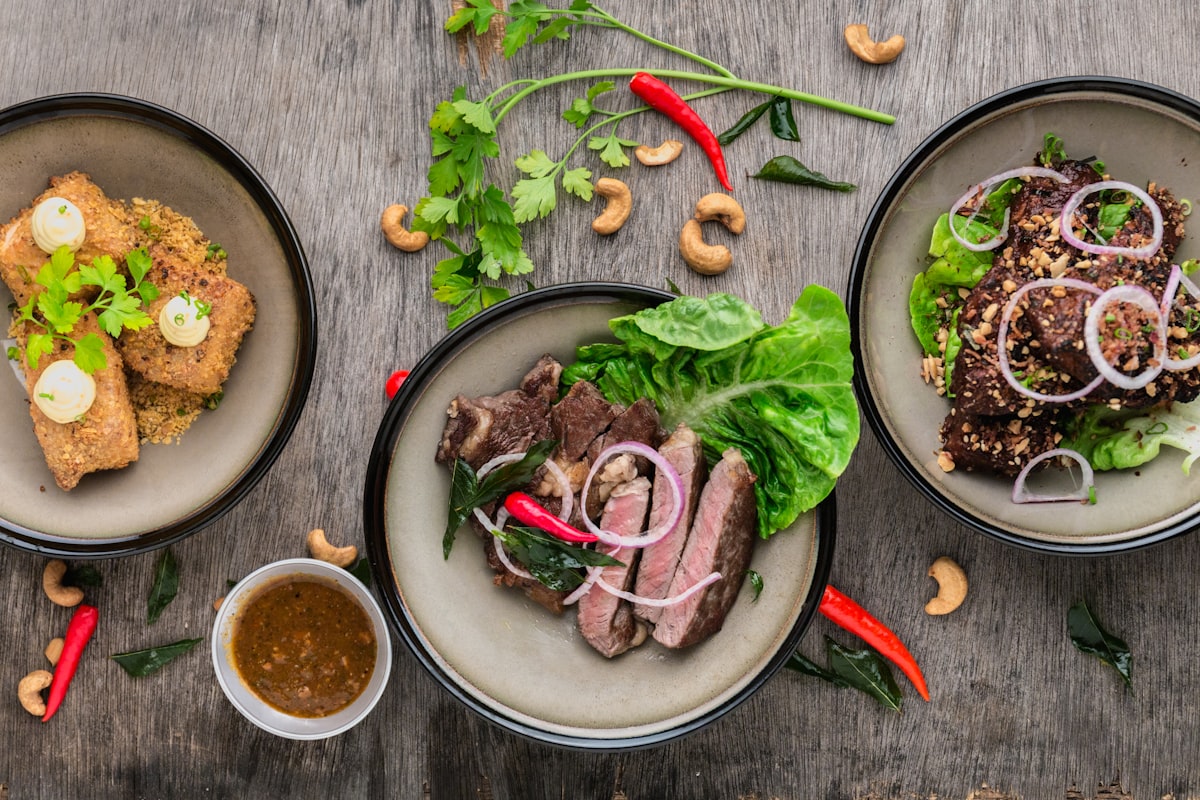The ritual aspect distinguishes Mexican gastronomy
It is the "cuisine of the people of the Sun". During the year, in Mexican gastronomy, different dishes are prepared according to the celebrations established by the calendar. The floor oven barbecue causes astonishment at a global level. Mexican Gastronomy Day is celebrated on November 16.

In Mexico's gastronomy, there is always a sense of abundance or collectivity in the preparation of food, it is not something that is done individually, but to share; that is the transcendent angle that UNESCO recognized as intangible heritage, says historian and chef Rodrigo Llanes Castro. What makes it special has to do with a ritual approach, common to Mexicans no matter if you live in the north, south, in Ensenada, Oaxaca, or Merida.
"It is that characteristic of Mexican food that is capable of linking with the cosmos, with the passing of the Sun, with the community through its recipes and ingredients, and that even summons everyone; it links us to a festivity and gives us meaning as a collectivity," he says. For the expert, a graduate of the Faculty of Philosophy and Letters of the UNAM, the fire that embers the food of this territory has been burning for centuries. Mexico is an endless recipe, with corn, beans, squash, and chili as the basis of its food, to which a range of ingredients and cultural factors have been added; it is the "cuisine of the people of the Sun".
The also collaborator of the site noticonquista.unam.mx, of the Institute of Historical Research of the UNAM, comments the above regarding the Mexican Gastronomy Day that is commemorated on November 16 to remember that on that day, but in 2010, the United Nations Educational, Scientific and Cultural Organization (UNESCO) declared Mexican Gastronomy Intangible Cultural Heritage of Humanity, in recognition of its creativity, diversity, and transcendence.
It is worth mentioning that the Florentine Codex, preserved in the Biblioteca Medicea Laurenziana in Florence, refers that the Toltecs who lived in the 10th century "were very careful in eating".
"Counter-conquest" of ingredients
The first characteristic set of Mexican gastronomy is to be deeply traditional, rooted in a collective, mystical and religious sense; in addition, it has an angle of appropriation and integration of other ingredients and forms from abroad, assures Llanes Castro. "When the Spaniards arrived with all this European culture, their ingredients and techniques were seen with surprise, but they looked for ways to adopt them. We Mexicans have a formula of appropriating the foreign, to make it our own and give it a particular seasoning".
Thus, we transform pork meat, not into Spanish serrano hams, but into steaks, tacos al pastor or include pork fat in various corn preparations, to make tamales spongy and reheatable. "The sweet Mexican bread that has many varieties: ties, shells, chilindrinas, pan de muerto, rosca, is made with a basic dough brought by the French (Brioche) during the second Gallic intervention in Mexico". Moreover, we add chiles toreados to Sushi, we make pastes that were a simple and tasteless English recipe brought to the region of Hidalgo; now they are made with dulce de leche, blackberry with cheese, potato with rajas, etcetera.
Festivities linked to food
For any cook from another nation, it is surprising to see how a barbecue is made in a deck oven because it is a ritual. "It is not that we are going to do it quickly, but we have to marinate the meat, put in the firewood and heat the stones, and wait for that slow cooking that lasts several hours, which concludes with a meat so soft and delicious that when foreign chefs taste it, it is of an incredible delicacy and softness".
He clarifies Mexicans tend to underestimate several of the pre-Hispanic Mesoamerican recipes that include vegetables and greens because we have an extreme appreciation for that which has animal protein. Mexican food, says the chef, links us to a festivity and gives us meaning as a community. We have a calendar that is verified throughout the months, where we accompany this ritual with its respective dishes.
For example, at the beginning of the year with the rosca dulce (sweet bread), tamales; later, during Lent, we like to eat seafood and fish; then comes the Santa Cruz meal with the masons, when they prepare carnitas and some typical dishes of the region. In the second half of the year, cacahuazintle corn for pozole, walnuts for nogada, tlacoyos, papadzules, and so the yearly season continues. In conclusion, Llanes Castro emphasizes that nowadays there are gastronomy professionals who deepen their knowledge and give a careful sense to Mexican food and also to research.
Source: UNAM




